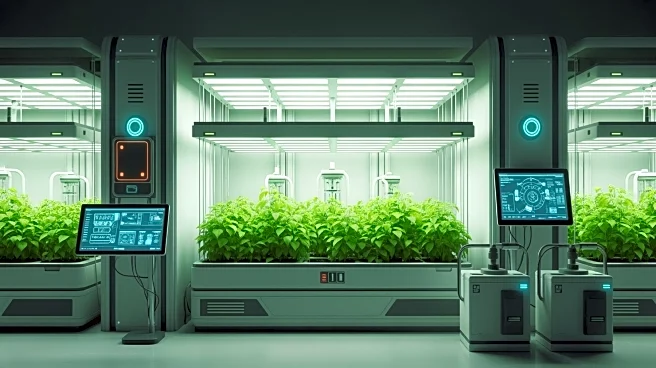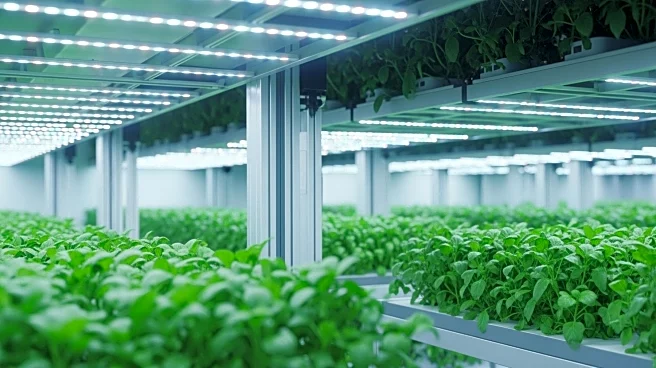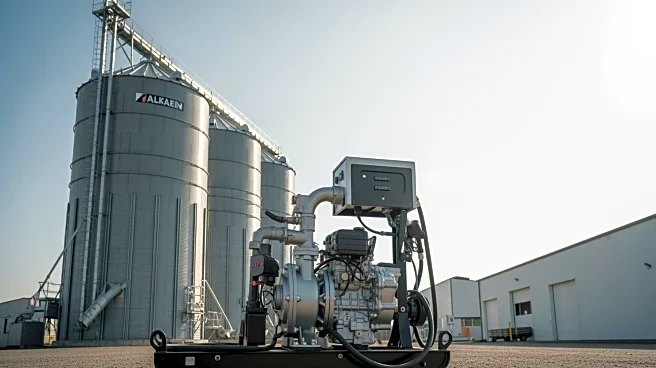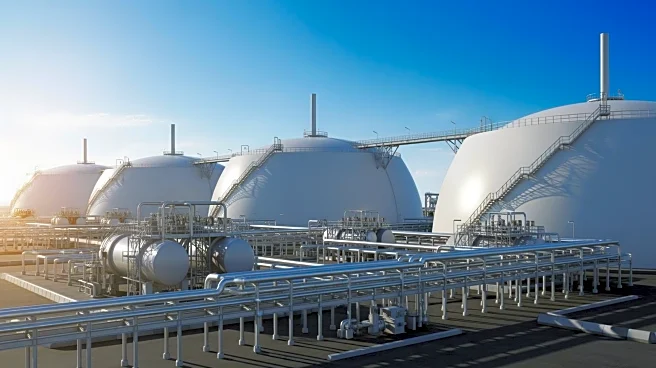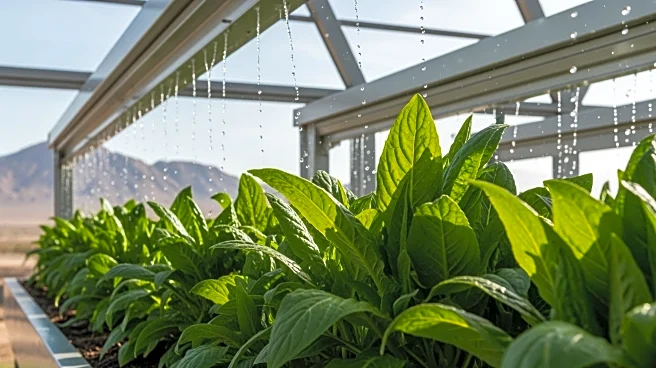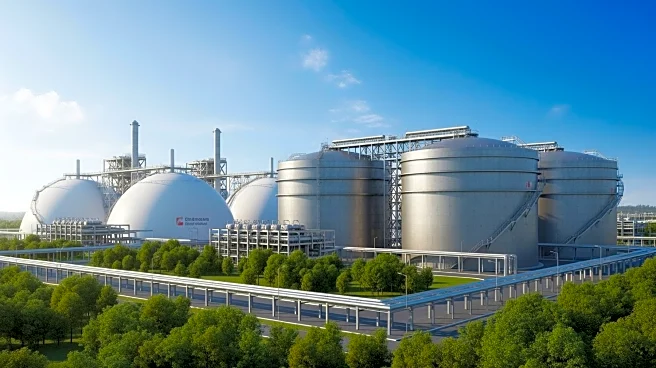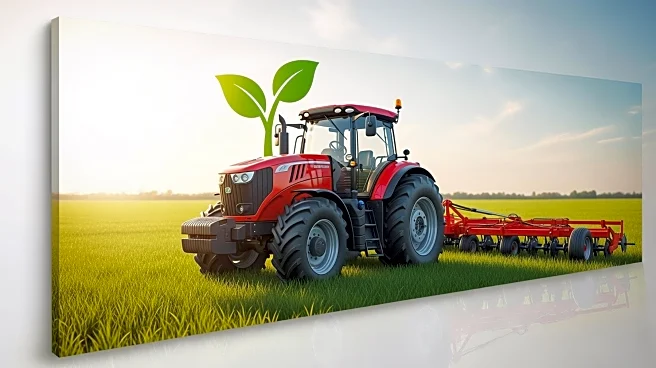What's Happening?
The indoor farming technology market is projected to experience substantial growth, with forecasts indicating an increase from $20.3 billion USD in 2023 to $32.3 billion USD by 2028, according to MarketsandMarkets.
This growth is driven by rising consumer demand for fresh, locally sourced produce and the push for sustainable agricultural practices. Glass and poly greenhouses are expected to dominate the market, providing efficient, controlled environments for year-round crop production. Key components such as advanced lighting systems play a crucial role in optimizing plant growth and energy use, further supporting the expansion of indoor farming.
Why It's Important?
The growth of the indoor farming technology market is significant for several reasons. It reflects a shift towards sustainable agricultural practices that can meet the demands of urbanization and consumer preferences for local produce. The adoption of controlled-environment farming systems can help reduce carbon footprints and improve food security by enabling year-round production. Additionally, the expansion of indoor farming technology supports innovation in climate control, irrigation, and automation, enhancing productivity and profitability for growers. This trend is particularly important as global challenges such as climate change and resource scarcity necessitate more efficient and sustainable food production methods.
What's Next?
North America is expected to increase its market share in indoor farming technology, driven by the rise of greenhouses and vertical farms in the U.S. and Canada. Government support for innovative urban farming solutions and widespread adoption of hydroponics and other soilless systems are contributing factors. Investment in indoor farming is rebounding, with significant private funding and M&A activity. As the market continues to grow, stakeholders may focus on further technological advancements and expanding infrastructure to support indoor farming initiatives.
Beyond the Headlines
The rapid growth of indoor farming technology raises questions about the long-term sustainability and environmental impact of these systems. While they offer energy-efficient solutions, the reliance on artificial lighting and climate control systems may have implications for energy consumption. Additionally, the shift towards indoor farming could impact traditional agricultural practices and rural economies, necessitating discussions on balancing innovation with the preservation of conventional farming methods. Ethical considerations regarding the use of technology in food production and the potential for increased corporate control over agriculture may also emerge.
